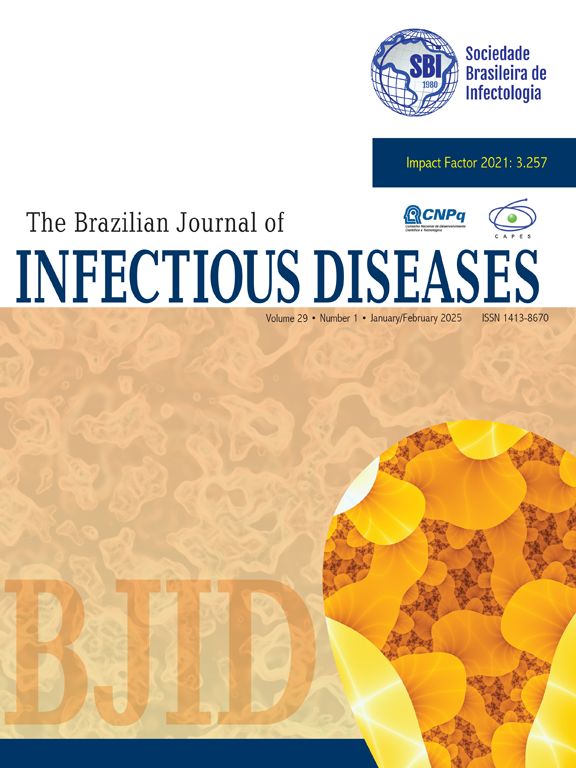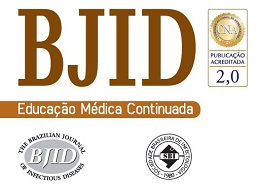Highly active antiretroviral therapy (HAART) has changed the morbidity pattern affecting HIV-infected individuals to include non-AIDS-defining cancers. We describe the breast cancer cases occurring in a cohort of 860 HIV-infected women followed in Rio de Janeiro, Brazil, and estimate the incidence rate of breast cancer for this population. Nine cases were identified; median age at diagnosis was 46 years. Median survival after breast cancer diagnosis was 12 months. Breast cancer diagnosis was made within 2 to 15 years of HIV-infection diagnosis. At breast cancer diagnosis, CD4 counts ranged from 135 to 782 cells/mm3; six women were receiving HAART. Histological analysis indicated infiltrating ductal carcinoma in all cases. The incidence rate of breast cancer was 133 cases per 100,000 persons-year. Patients from our case series were late diagnosed with breast cancer and thus suffered from worse prognosis. Strategies targeting earlier diagnosis and prompt initiation of treatment are needed.
The Impact Factor measures the average number of citations received in a particular year by papers published in the journal during the two preceding years.
© Clarivate Analytics, Journal Citation Reports 2025
SRJ is a prestige metric based on the idea that not all citations are the same. SJR uses a similar algorithm as the Google page rank; it provides a quantitative and qualitative measure of the journal's impact.
See moreSNIP measures contextual citation impact by wighting citations based on the total number of citations in a subject field.
See more



